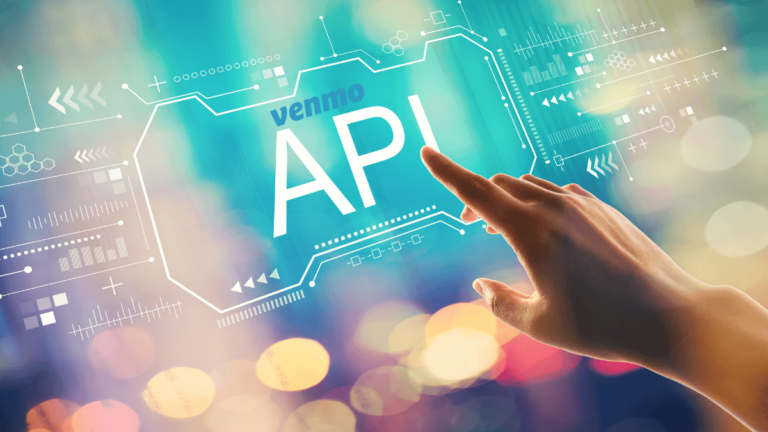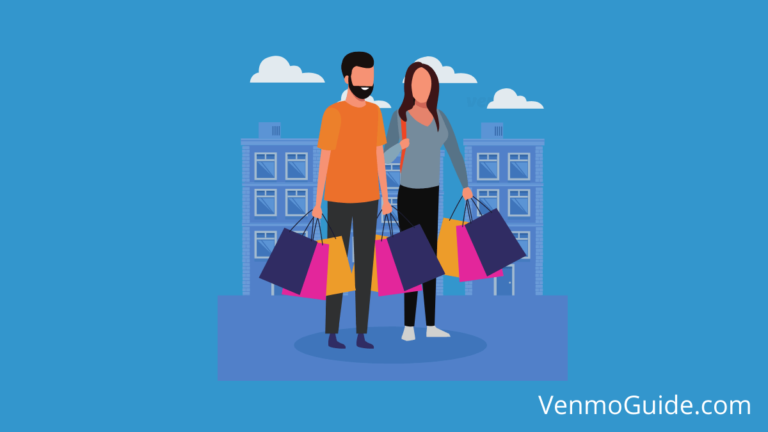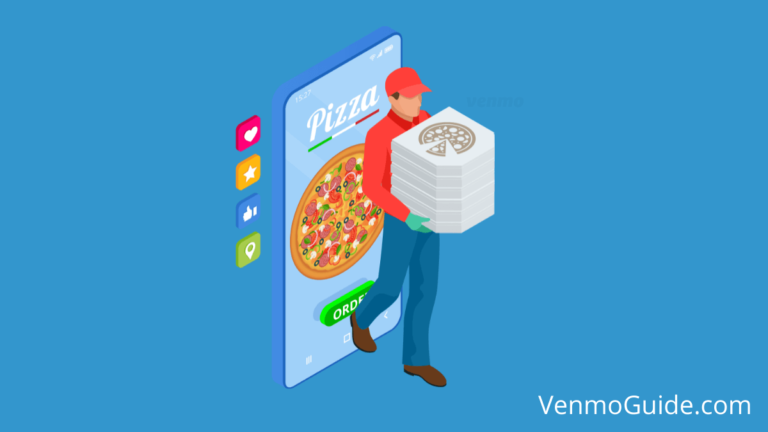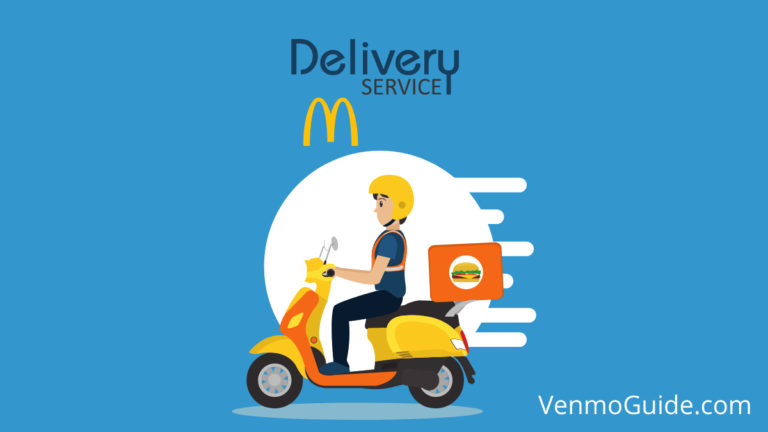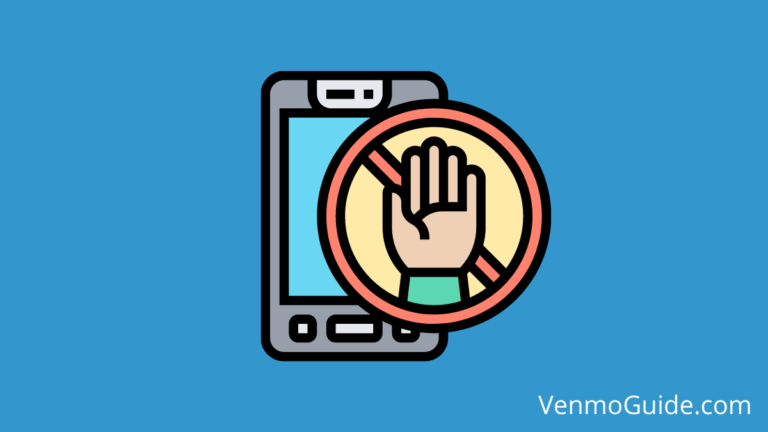Venmo is designed to be safe for buyers if you buy goods or services from authorized merchants. As a buyer, file an “Item Not Received” claim if the seller doesn’t send you the item you’ve purchased. Otherwise, you can file a “Significantly Not as Described” if the item isn’t what you’ve ordered.
Are you wondering: “Is Venmo safe for buyers?”. Continue reading for Venmo’s buyer protection program and if it’s enough to protect you.
Venmo was initially designed to be a way for friends and family to exchange transactions.
However, some people would use it for purchasing goods, and we’ve all heard stories about nightmarish scams and frauds.
So, does that render Venmo unsafe for buyers?
Read: Does Venmo Have Buyer Protection?
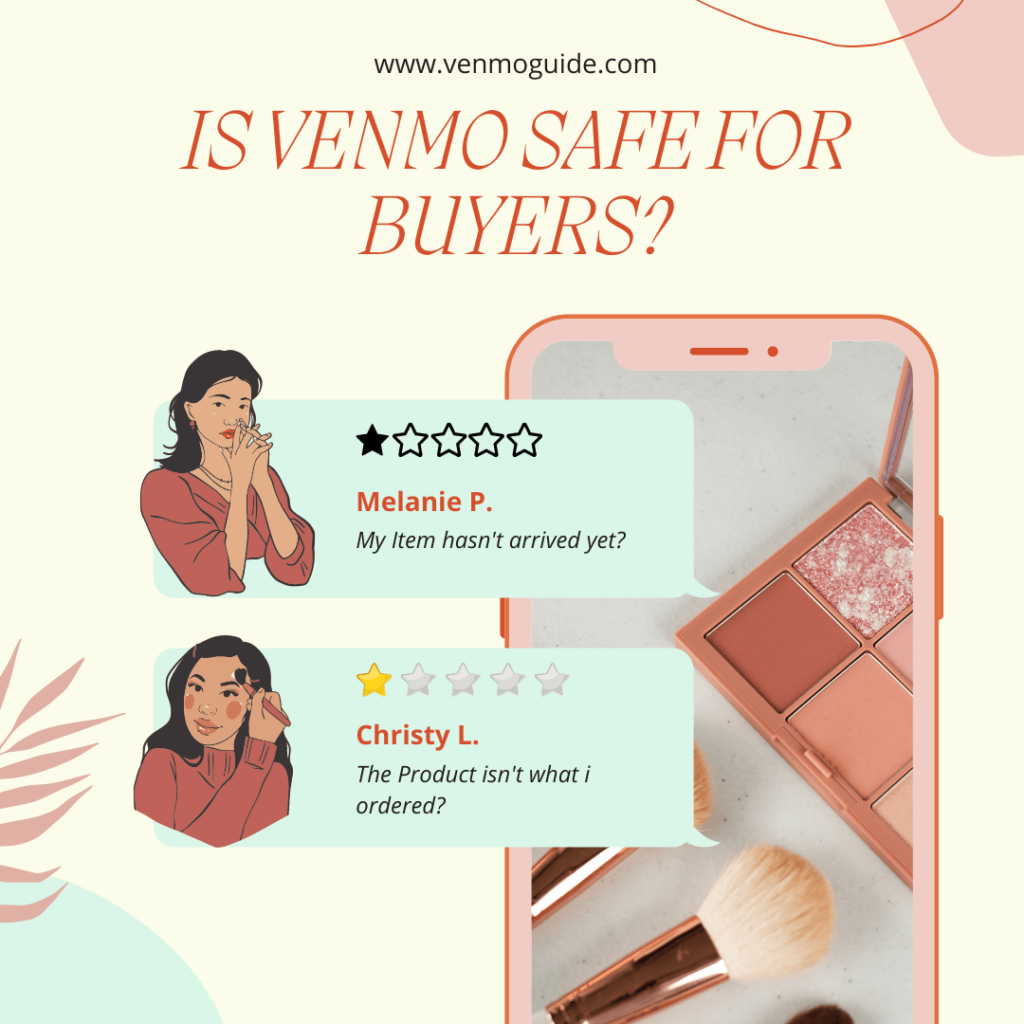
Is Venmo Safe for Buyers?
Not precisely, Venmo has enforced a buyer protection program. The trick is to ensure that your purchase qualifies for coverage under it. That’d be purchases using the Venmo debit card, goods and services purchases from authorized merchants, or certain purchases using the Pay and Request feature.
Accordingly, you should learn about how to make purchases that are eligible for the protection program, including buying from authorized merchants, learning which purchases with the Pay and Request feature qualify, and how to make them.
Luckily, we’ll walk you through it so that you can have a safe Venmo buying experience.
Which Venmo Transactions Are Safe?
We’ve already mentioned that debit card purchases are safe, but that isn’t very relevant, so let’s focus on what is:
Purchases From Authorized Merchants
You can make purchases safely if you buy goods or services from authorized merchants. These merchants are users with business profiles who’ve accepted Venmo as a payment method (and Venmo has allowed them to do so).
In other words, these merchants enable Venmo payments for purchases via their website, their phone apps, or QR codes if the transaction is in person.
When you make a payment to an unauthorized merchant, Venmo can hold the transaction if it identifies it as a high-risk payment. In other words, it reviews the transaction and halts it. Then, Venmo alerts the merchant to hold off on shipping the item and refunds you for its full price or clears it and notifies the merchant to ship the item.
Certain Purchases via the Pay and Receive Feature
The Pay and Receive feature alone doesn’t deem your transaction eligible for protection under the Venmo buyer protection program, so what does?
Firstly, you should be safe if you use the Pay and Receive feature to pay a business profile. After all, Venmo allows business profiles to accept payments for items and services on the app.
Secondly, there’s a safe method of buying goods from a personal account, and that’s tagging the payment as for goods and services. Those are also eligible for coverage under the buyer protection program, which is perfect for when you want to purchase a product from a user who isn’t precisely a merchant but happens to want to sell an item.
Of course, you might wonder how you can identify purchases as for goods and services. All you have to do is select the button on the payment note screen to tag it as for goods and services.
What happens after is that Venmo charges the seller a fee, 1.9% of the payment and $0.10, to be exact. This fee provides both the buyer and the seller with protection if things go south for either of them.
How Does Venmo Protect Transactions?
Let’s say that your transaction qualifies for the buyer protection program, and you were scammed. How does Venmo handle it?
Buyers
As a buyer, you can file an “Item Not Received” claim if the seller doesn’t send you the item you’ve purchased. Otherwise, if they send you an item that isn’t what you’ve ordered, you can file a “Significantly Not as Described” claim.
Afterward, Venmo will go over your claim to decide whether your transaction is eligible for coverage under the purchase protection program or not. If it is and you’ve received an item other than what you’ve ordered, Venmo might demand that you return it as part of resolving the claim. However, it won’t compensate you for the shipping costs.
With a qualifying transaction, Venmo gives you a refund of the item’s price and shipping costs (after deducting the fee it charges, which we’ve referred to earlier).
Sellers
Sellers can also get coverage, thanks to the double-sided protection. They’re eligible for a refund if the buyer claims they haven’t authorized the payment, known as an “Unauthorized Transaction” claim, or haven’t received the goods.
Nonetheless, this protection is only applicable if the seller can present proof of shipping the item or fulfilling the transactions, which is why keeping documentation is necessary.
Then, having decided that your transaction is eligible for coverage under the purchase protection program, Venmo refunds you for the full purchase price.
What Scams Happen on Venmo?
No one is immune to fraud, as they target buyers and sellers alike. The most common Venmo scam involves stealing the payment credentials of someone to open a Venmo account.
Then, the fraudster would make as many purchases with the Venmo account as they can until there’s no money left or they’re caught. If you’re a victim of this scam type, you can file an “Unauthorized Transaction” claim.
Another scam may fool merchants and sellers. The scammer “sends” you funds for an item, and you get a notification of it. Then, you hand over the item or ship it only to get a message that the payment has been reversed.
That’s because payments are reversible up to the point of transferring them to your bank account and clearing them.
So, make sure to do so before shipping the item to the buyer to avoid scams.
Final Verdict
Venmo can be safe depending on how you use it. If your transaction accommodates the requirements for coverage under the buyer protection program, you’ll be safe. And if you haven’t received the item you’ve purchased or received something different, you’re entitled to a full refund.
What matters the most is that Venmo deems your transaction a qualifying one.
Accordingly, it needs to be a Venmo debit card purchase, goods, and services purchase from an authorized merchant, purchase tagged as for goods and services via the Pay and Request feature, or purchase from a business profile via the Pay and Request feature.

